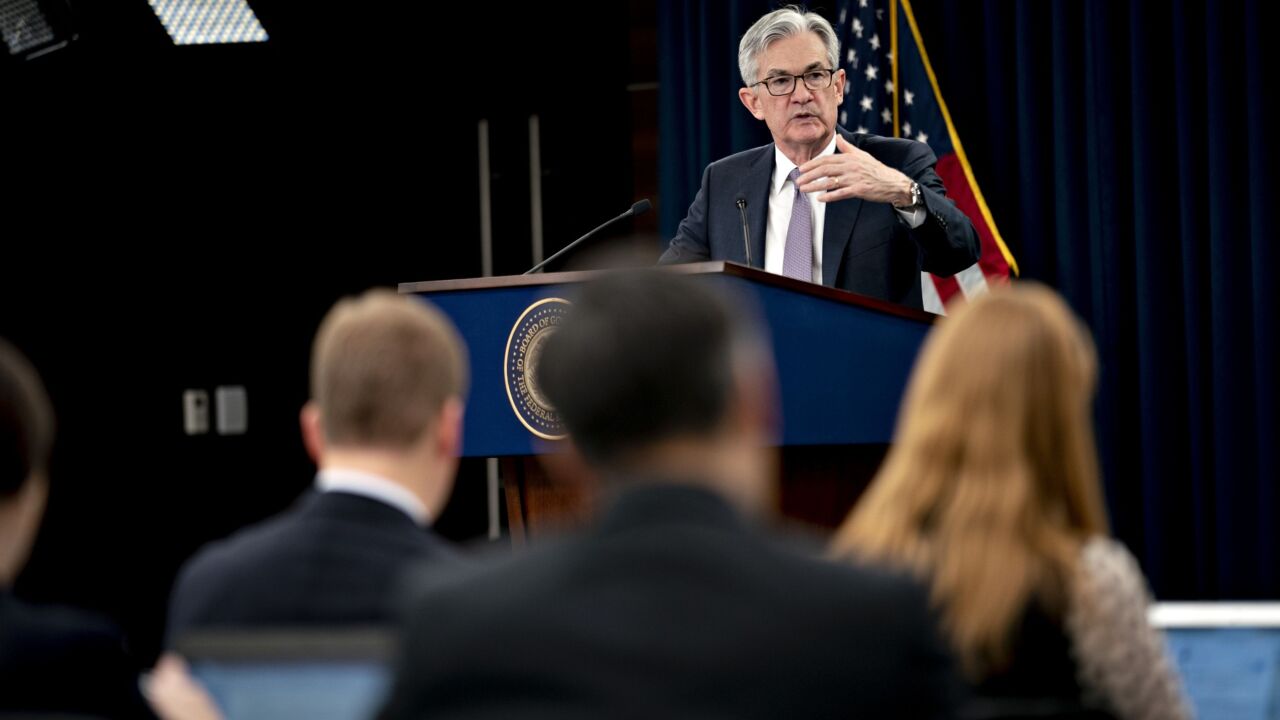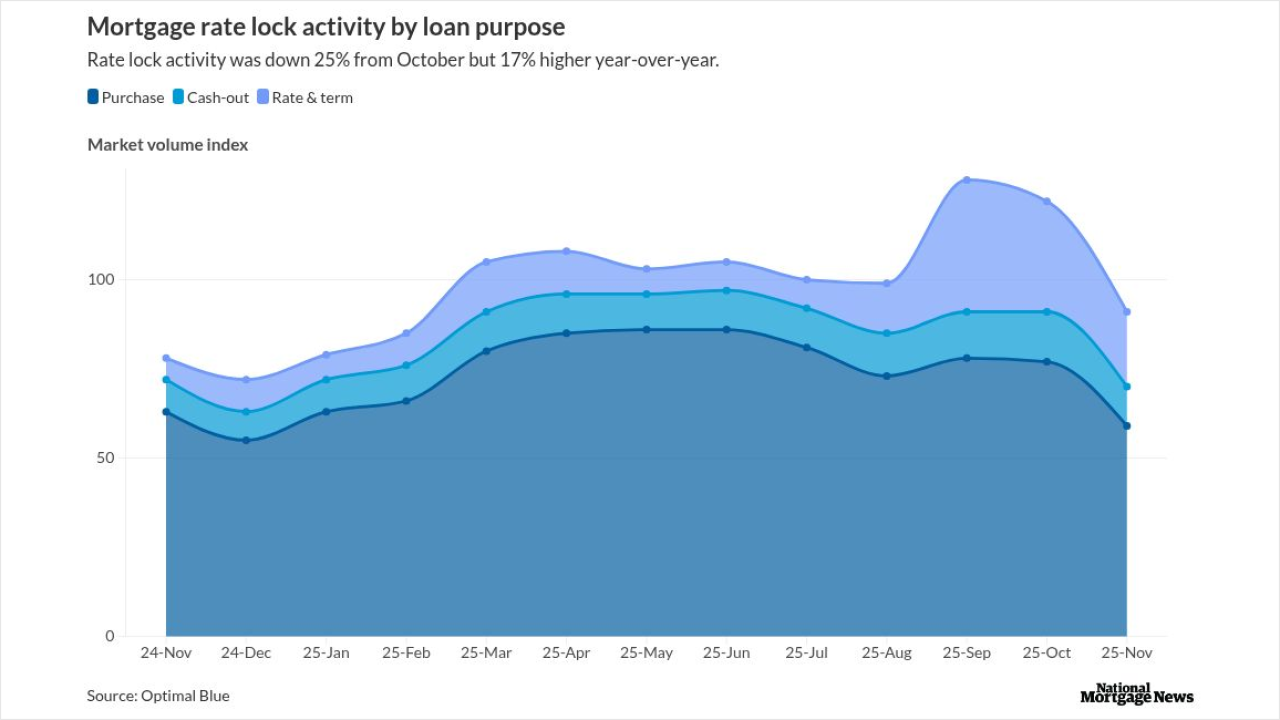GM Financial's role as a captive lender has grown considerably in the eight years since it was acquired by General Motors. Now the Fort Worth, Texas, lender is ready to go along for the ride as its parent expands into electric cars and managed fleets of driverless and ride-sharing vehicle fleets, CEO Dan Berce said Monday.
All three programs are central to GM's long-term corporate mission of achieving "zero crashes, zero emissions and zero congestion,” or "zero/zero/zero." GM Financial has a key role to play, Berce told participants at the Structured Finance Industry Group's annual conference in Las Vegas.
The finance company is already underwriting and managing leases for GM electric cars in China (where government subsidies are encouraging production). The lender is also buying and managing fleets for GM’s Maven ride-sharing program launched in 2016 in a handful of U.S. and international urban markets, and plans to do the same when GM introduced driverless car fleets later this year through its Cruise Automation division.
For now, this financing is being kept on balance sheet, however.
“Mainstream adoption is many years off, but GM’s Cruise unit is gearing up to have an autonomous fleet in operation in 2019,” Berce said. “We would purchase the vehicles" and lease them back to Cruise Automation, "just like we do for Maven, and be the financier and do some management activities as well.”

GM Financial’s role in the zero/zero/zero initiatives is another example of the finance company's strengthening with the automaker since it was acquired in 2010. Berce has headed the firm since 2005, when it operated as the independent subprime lender Americredit Corp. It took GM Financial nearly eight years to capture the financing business for more than 50% of the automaker’s annual vehicle sales last year.
“Our [original] vison wasn’t what GM Financial turned out to be today,” Berce said. “Our vision was what we referred to as a strategy of ‘captive-lite.’ ”
When GM acquired of Americredit, the the automaker was “underpenetrated” in terms subprime lending, as well as consumer-lease products. Also, all of GM’s wholesale dealership financing was tied into an independent lender, Ally Financial, formerly General Motors Acceptance Corp. Berce said left GM “vulnerable,” since Ally could choose to reduce lending, and “GM dealers would have no place to go.”
Within a year of being taken over, GM Financial opened financing platforms for leasing, dealer inventory and real-estate financing, and by 2013 closed on the acquisition of Ally’s international operations.
“By 2014, our strategy was to become a full captive,” Berce said. This led the finance company to rely more heavily on securitization. It now has six platforms for loans, leases and dealer floorplans, including a subprime shelf under the legacy Americredit brand.
The company now has $97 billion in assets, and it's financing is nearly evenly split between unsecured debt (54%) and secured debt (46%); the latter includes both bank loans and asset-backed securities. Berce said he expects GM Financial to maintain that ratio so long as the company maintains a triple-B rating (Moody’s Investors Service, S&P Global Ratings and Fitch Ratings), but the firm has aspirations to improve its leverage ratios to achieve a single-A rating. This would make unsecured financing relatively less costly.



